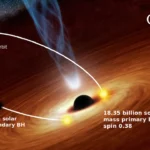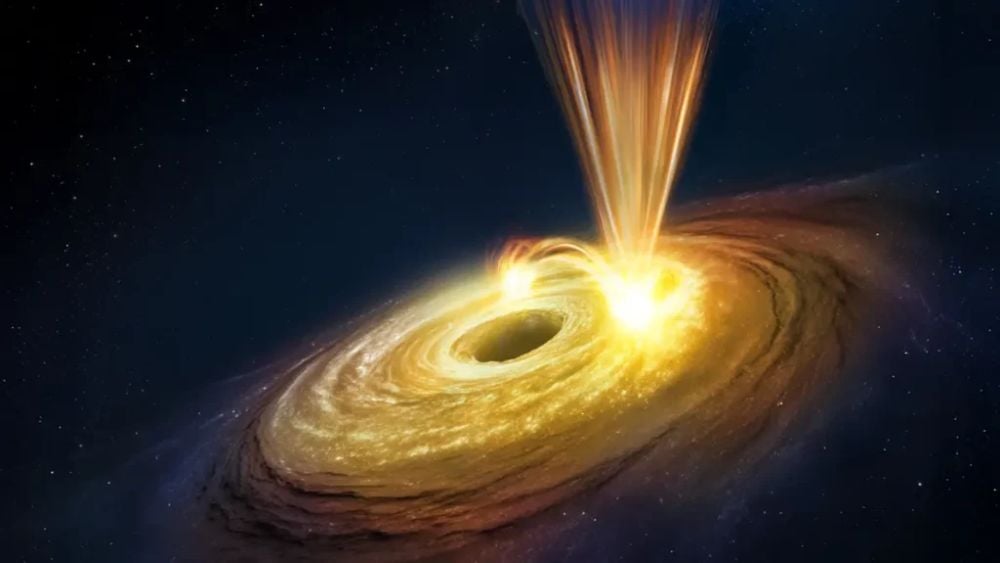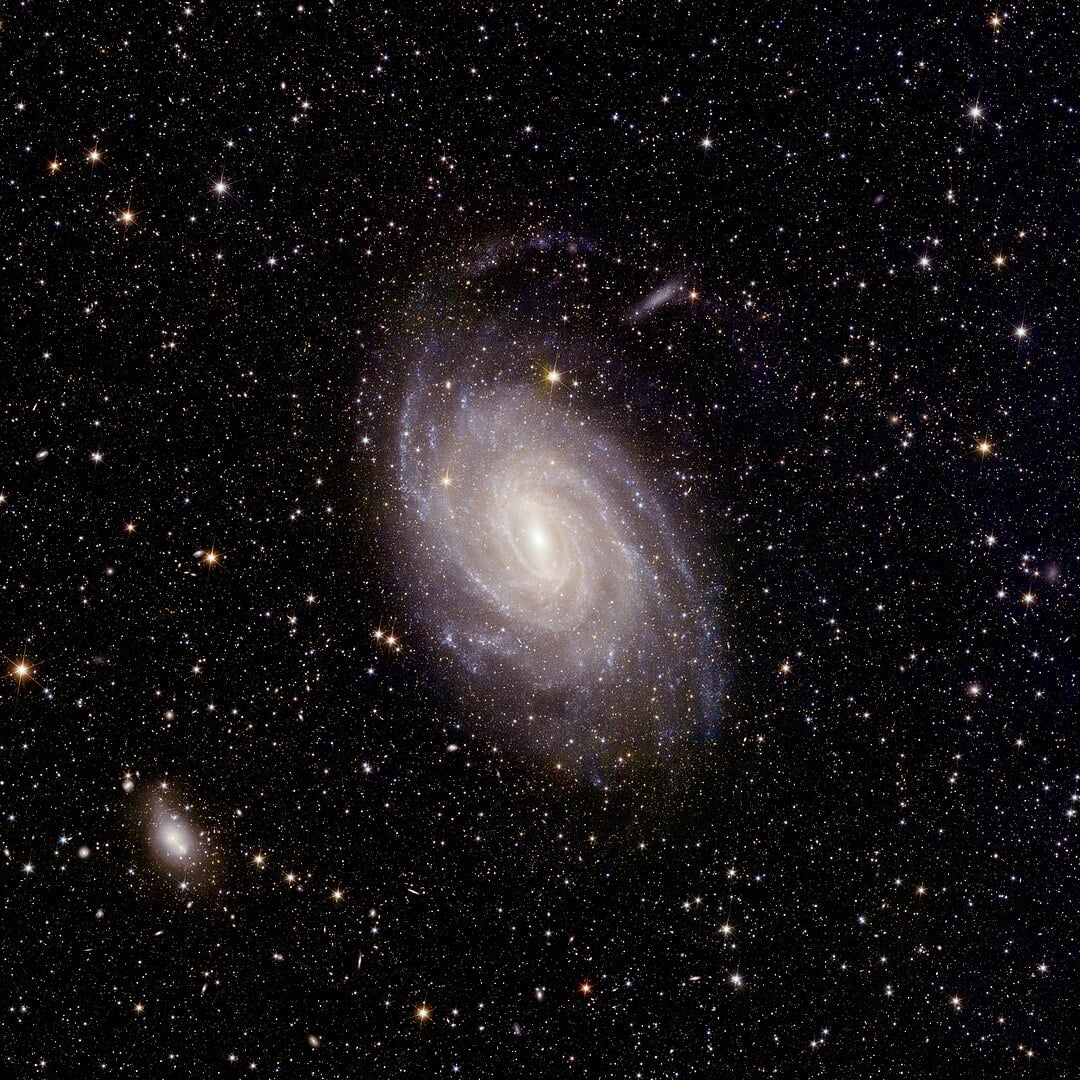The moon’s surface may be more than just a dusty, barren landscape. Over billions of years, tiny particles from Earth’s atmosphere have landed in the lunar soil, creating a possible
Astronomers have produced the first continuous, two-dimensional maps of the outer edge of the sun’s atmosphere, a shifting, frothy boundary that marks where solar winds escape the sun’s magnetic grasp.
NASA has lost contact with a spacecraft that has orbited Mars for more than a decade.
arXiv:2512.07695v1 Announce Type: new Abstract: One of the forefront goals in the field of exoplanets is the detection of an atmosphere on a temperate terrestrial exoplanet, and among the best
Supernovae aren’t one of the JWST’s main science themes, but the perceptive telescope is full of surprises. Recently, it pinpointed a single star in a galaxy when the universe was
Southwest Research Institute (SwRI) scientists are collaborating with researchers at UT San Antonio to study how space weathering can alter the lunar surface materials to help interpret regional and global
An international team of astronomers has published a series of papers detailing their observations of the rocky exoplanet TRAPPIST-1e using the James Webb Space Telescope (JWST). Their results, though ambiguous,
An international team of astronomers observed a sudden outburst of matter near the supermassive black hole NGC 3783 at speeds reaching up to 20% of the speed of light. During
A new study reveals that Mars plays a surprisingly crucial role in Earth’s climate cycles, with new simulations showing that the mass of our planetary neighbours directly controls the timing
The European Space Agency’s Euclid telescope has delivered an unprecedented set of observations of one million galaxies that shows that galaxy collisions play a dominant role in awakening supermassive black
-
 01From Polymerization-Enabled Folding and Assembly to Chemical Evolution: Key Processes for Emergence of Functional Polymers in the Origin of Life
01From Polymerization-Enabled Folding and Assembly to Chemical Evolution: Key Processes for Emergence of Functional Polymers in the Origin of Life -
 02Panasonic Leica Summilux DG 15mm f/1.7 ASPH review
02Panasonic Leica Summilux DG 15mm f/1.7 ASPH review -
 03How New NASA, India Earth Satellite NISAR Will See Earth
03How New NASA, India Earth Satellite NISAR Will See Earth -
 04And Thus Begins A New Year For Life On Earth
04And Thus Begins A New Year For Life On Earth -
 05Astronomy Activation Ambassadors: A New Era
05Astronomy Activation Ambassadors: A New Era -
06SpaceX launch surge helps set new global launch record in 2024
-
 07Two Black Holes Observed Circling Each Other for the First Time
07Two Black Holes Observed Circling Each Other for the First Time









